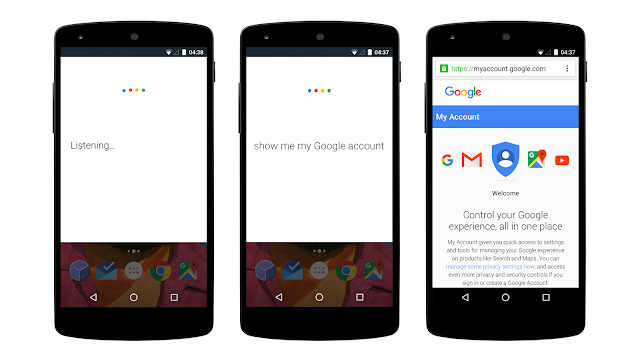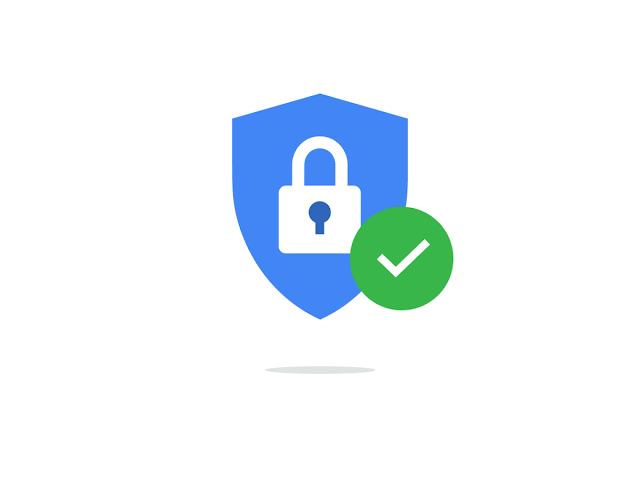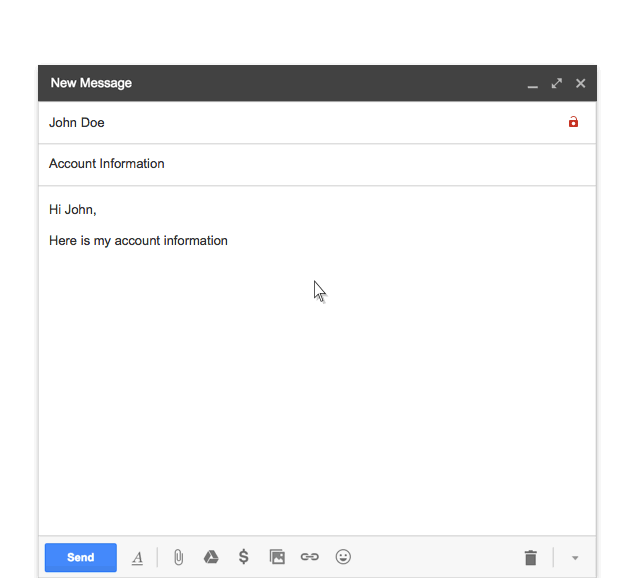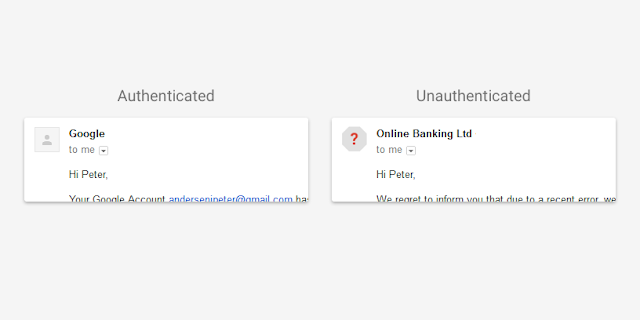Here’s a stat that might not surprise some moms and dads out there: Canadian searches for “best backpack” have grown by 13% since this time last year. With the first day of school only days away, searches are surging for the latest fashion, tech and school supplies. Almost half (49%) of Canadians use the Internet to compare products, prices or features to help make purchase decisions. We know that this type of research can take time, so we want to help streamline the process for Canadian shoppers.
Just in time for back to school, we’re rolling out Google Shopping in Canada — a dedicated product search and discovery destination — to make it easy for shoppers to discover products and explore merchant offers in one place.
Canadians searching for products on Google.ca will continue to see Shopping ads in the same way they always have. They will also now be able to visit Google Shopping to see more products and refine their Shopping search by things like price, brand, color, and more, offering retailers additional opportunities to get their products in front of the people looking for them. So if you’re searching for backpacks for your child who is about to start preschool, you can find exactly the one you’re looking for — and easily connect with a merchant who sells it.
For businesses currently running Shopping ads, these offers will automatically begin showing on Google Shopping in addition to Google Search.
Helping Shoppers Discover and Explore
We've always been focused on helping people find the exact product they're searching for when they have a good sense of what they want. But everyday we see searches for broad terms like “living room furniture.” For less defined searches, what we've often shown are specific product ads -- say, a teal sofa -- and that may not be the most useful experience for the person who isn't sure what they want to buy.
Showcase Shopping ads help people further explore and discover what they want to buy and where they want to buy it. For example, if a shopper looking for something to wear to a end of summer party searches ‘summer dresses,’ ASOS, a global apparel retailer, can now showcase its collection of dresses in a visually rich experience. All merchants running Shopping Campaigns in Canada will be eligible to have their products automatically appear in Showcase ads in the coming weeks. And for merchants who would like to customize how their brand and products appear, we're experimenting with a premium version that allows merchants to curate the experience.
Enabling Shopping Across Borders
These days, shopping is truly global. To make shopping more efficient for shoppers and merchants alike, we’ve introduced a tool to perform currency conversions in various countries, including Canada. This feature allows shoppers to see products sold by merchants in other countries in their local currency. Shoppers can easily understand how much an item will cost, and merchants can continue using their existing website and landing pages without change. For example, a person shopping in the Canada can see products sold by a British retailer, listed in Canadian dollars.
Posted by Aaron Berger, Product Manager for Google Shopping







